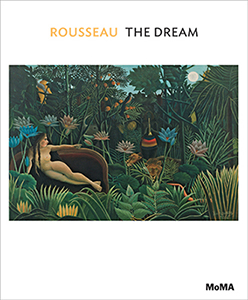-
Книги
- Нонфикшн
- Гуманитарные науки
- Деловая литература
- Естественные / Точные науки
- Книгоиздание
- Лайфстайл
- Словари / Энциклопедии
- Художественная литература
- Детектив
- Драматургия
- Классическая проза
- Мифология. Эпос
- Поэзия
- Собрания сочинений
- Современная художественная проза
- Фантастика. Фэнтези
- Биографии / Мемуары
- Графические романы / Комиксы
- Детские книги
- Воспитание. Педагогика
- Детский досуг
- О детских книгах
- Познавательная литература
- Художественная литература для детей
- Журналы / Зины
- Архитектурные
- Гуманитарные
- Журналы о моде
- Зарубежная периодика
- Искусство / Фотография
- Кино / Театр
- Лайфстайл
- Книги «Подписных изданий»
- Книги на иностранных языках
- Английский язык
- Испанский язык
- Итальянский язык
- Книги на иностранных языках для детей
- Немецкий язык
- Финский язык
- Французский язык
- Шведский язык
- Книги о кино
- Книги о музыке
- Книги о средневековье
- Книги о театре
- Книги о фотографии
- Книги об искусстве / Книги об архитектуре
- Альбомы по искусству
- Архитектура
- Декоративно-прикладное искусство
- Живопись
- Искусствоведение
- Орнаменты
- Прочее
- Танец
- Татуировка
- Творческое развитие
- Книги по философии
- Кулинарные книги
- Николай Солодников рекомендует
- Предзаказ
- Про дизайн / Про моду
- Путеводители / Книги о путешествиях
- Канцелярские товары
- Подарки
- Подарочные сертификаты
Адрес магазина: Санкт-Петербург, Литейный пр., 57
Rousseau the dream
| Автор | |
|---|---|
| Издательство | The Museum of Modern Art- New York |
| ISBN | 978-0-87070830-5 |
| Артикул | 1076674 |
singular figure in the avant garde of the early twentieth century, Henri Rousseau (1844-1910) was a self-taught painter who turned to art after retiring as a customs inspector at the age of 49. Although he never left Paris, Rousseau painted a number of jungle scenes, drawing on images of the exotic as presented to the urban dweller through popular literature, colonial expositions and the Paris zoo. "The Dream" (1910) is the artist's last major work. Exhibited at the 1910 Salon des Independants a few months before Rousseau's death in September of that year, it exemplifies that surreal juxtaposition of the exotic and the domestic, realized with an uncanny exactitude, for which Rousseau is so beloved today. The poet and art critic Guillaume Apollinaire praised the work, countering his detractors: "The picture radiates beauty, that is indisputable. I believe nobody will laugh this year." In this volume, Ann Temkin, the Museum's Marie-Josee and Henry Kravis Chief Curator of Painting and Sculpture, guides readers in deciphering this mysterious painting, illuminating its significance and placing it within the development of modern art and in Rousseau's own life.
Подписка на рассылку
Раз в месяц будем присылать вам обзоры книг, промокоды и всякие-разные новости




